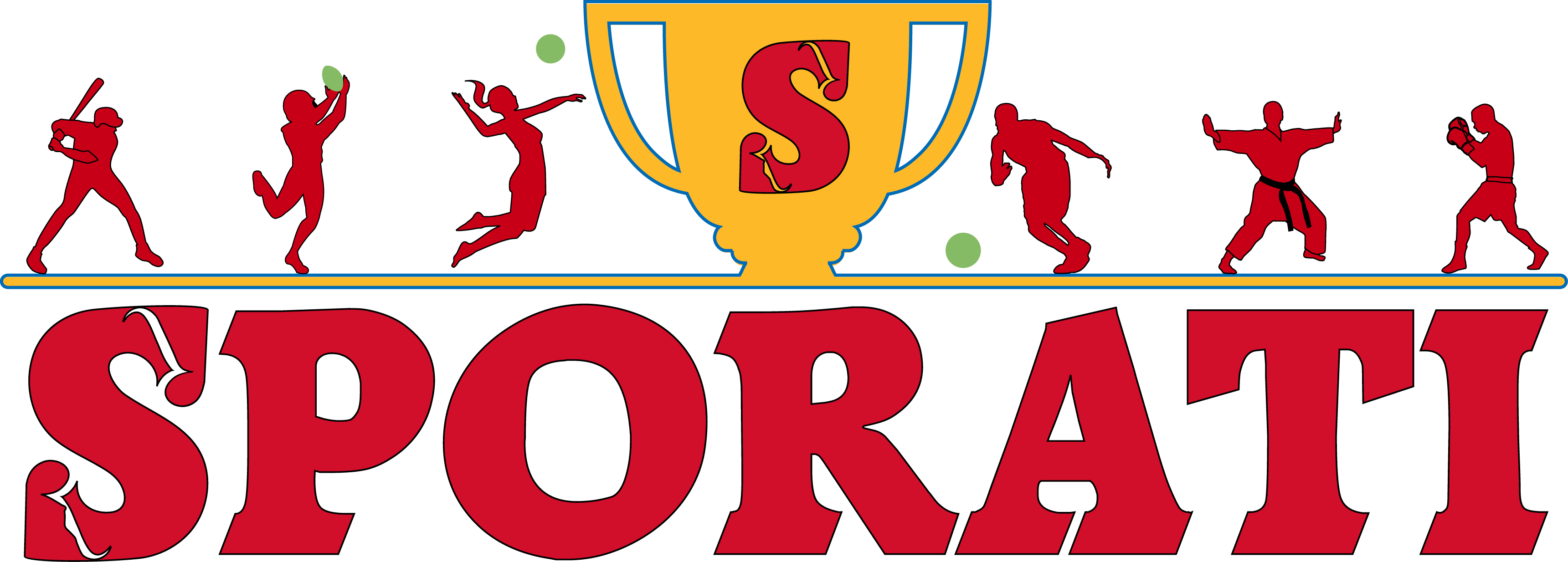Trump Scores Unlikely Approval as FIFA’s Infantino Congratulates Him on Election Win
“`html
Trump Scores Unlikely Approval as FIFA’s Infantino Congratulates Him on Election Win
In what could be described as one of the most unexpected developments in both politics and sports, former U.S. President Donald Trump has reportedly garnered praise from none other than FIFA President Gianni Infantino following a significant election victory. The congratulatory nod from the head honcho of the world’s football governance has raised eyebrows across both political and sports spectrums, sparking questions and curiosity about the relationship between the two figures.
The Trump-Infantino Connection
While it might seem that football and U.S. presidential politics don’t often run in the same circles, an interesting dynamic between Trump and Infantino has surfaced. Trump, known for his global media attention and bold statements, has crossed paths with the meticulous and enigmatic Infantino, who oversees the world’s most popular sport with a steady hand.
In a recent conversation, as reported by the Daily Mail, Infantino extended congratulations to Trump for a critical election win, surprising many sports and political pundits alike. Some may recall that Trump had played a significant role in aiding the United States’ successful bid to co-host the 2026 FIFA World Cup alongside Mexico and Canada. That moment of collaboration appears to have left a lasting impression on the FIFA president.
A Symbolic Nod to Diplomacy?
Infantino’s message of congratulations could be seen as more than just a diplomatic courtesy. It is safe to say that Trump’s administration—though politically divisive—played an instrumental role in securing FIFA’s confidence in the logistical and financial capabilities of the 2026 North American World Cup. During Trump’s term, the U.S.’s support in international sporting events became noticeably more prominent. For instance:
Infantino’s message might therefore reflect a continuation of goodwill for Trump’s role in that collective success story for the future of U.S. soccer.
A Surprise for Football Fans and Political Aficionados Alike
To many followers of global politics and football, the notion of these two coming together might seem completely out of left field. Trump has never been a figure particularly ingrained in global football culture—unlike, say, European or South American heads of state who often rally behind their national teams at global events.
Nevertheless, Infantino’s gesture could stand as an olive branch toward a key player in the assembly of the upcoming World Cup. It’s certainly in FIFA’s interest to maintain strong relationships with North America, especially given the monumental logistical efforts already underway for 2026.
However, what caught the attention of most spectators was how quickly this message was relayed publicly, signaling Infantino’s desire to make it known that Trump still holds an influence over key global events, particularly those tied to the future of FIFA’s premier tournament.
Critics Weigh In: Was It Just a Courtesy or More?
Not everyone is praising Infantino’s words. Critics argue that congratulatory messages to divisive political figures run the risk of aligning sports leadership with partisan lines. Football, they say, should be an avenue that transcends politics, uniting countries and cultures, instead of serving as an arena for political fraternization.
Others suggest that Infantino might be playing a longer game here. Relationships with key global political figures are crucial for an effective governing body that wants to navigate complex global landscapes. The United States, being one of FIFA’s paramount markets, undoubtedly makes Trump a relevant player within that context—even more so after securing a co-hosting role in 2026.
A Look Ahead to 2026
As preparations for the monumental 2026 World Cup ramp up, the Trump-Infantino dynamic, while captivating, is unlikely to be the focal point come kickoff time. However, this brief exchange between the former U.S. President and the FIFA President paints a fascinating picture of the blurred boundaries between sports and global governance.
While Trump’s personal involvement in football might not be as prominent moving forward, this interaction illustrates that his influence—particularly in helping secure the World Cup bid—has not been forgotten in the corridors of power at FIFA.
In the grand scheme of things, this congratulatory message could be seen as a symbolic reflection of the ever-changing alliances between world leaders and athletic organizations. In the years to come, how such relationships evolve—especially with critical events like the World Cup on the horizon—will shape not only the future of the sport but how sports diplomacy plays out on the world stage.
Final Thoughts
Donald Trump and Gianni Infantino’s unexpected camaraderie may be a brief note in the long history of FIFA and international sports diplomacy, but it’s one worth watching. With eyes now turning toward the preparation for the 2026 World Cup, this interaction highlights the intricate balance between sports, politics, and global influence.
As for Trump, though he may not be a frequent visitor to the football pitch, his ability to score a congratulatory message from one of the sport’s most influential figures shows that, at least off the field, there’s still some game left in the former president.
Related Content:
“`















